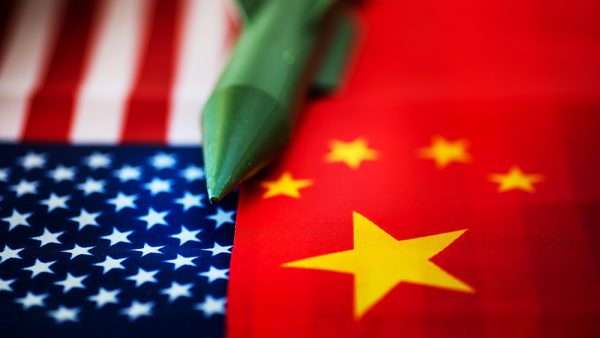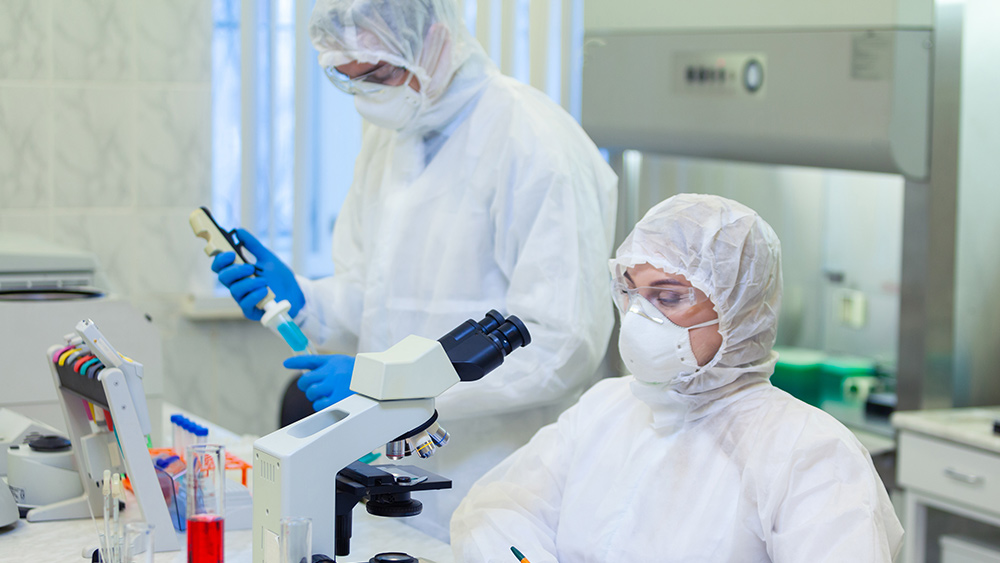
Experts suspicious of China's motives
Meanwhile, space security analyst Michael J. Listner has said that it is difficult to know exactly what China is capable of because a lot of space technology that “has peaceful uses can be used for non-peaceful uses.” Listner added that the country “says ‘trust us,’ but the classified nature of the mission and the PRC’s development of counter-space capabilities says otherwise.” Other experts have weighed in with their suspicions about the goal of these efforts. Retired Indian Colonel Vinayak Bhat, who is a former imagery intelligence analyst, has said that the Shijian-21’s launch is suspicious because the communist country has not shown too much interest in reducing space debris in the past. In fact, they have been launching bigger rockets, which has been increasing space debris. He said that the launch suggests that China is aiming to militarize space. He commented: “This robotic arm technology is inherently dual use and would most certainly be used as a space weapon to capture and disable/destroy enemy satellites.” A report from the Defense Intelligence Agency found that the Chinese military views space warfare as a way to counter and deter U.S. military intervention in the event of a regional conflict. For example, capturing or destroying satellites and other sensors could make it harder for countries like the U.S. to use precision guided weapons. Reports by the People's Liberation Army of China have also indicated a desire to “blind and deafen” their enemies by targeting navigation, reconnaissance, early warning and communication satellites. Sources for this article include: WashingtonTimes.com FoxNews.comAustralia says covid shots will be FOREVER… every 6 to 12 months until you die
By Ethan Huff // Share
Pfizer-sponsored NBC News caught lying about COVID and kids
By News Editors // Share
Swedish doctors want Pfizer’s covid jab banned after subcontractor fraud exposed
By Ethan Huff // Share
Ember & Edge: The lost art of self-reliance in a fragile world
By kevinhughes // Share
Trump issues veiled threats to Mexico, Colombia and Cuba following Venezuela military operation
By bellecarter // Share
Russia condemns U.S. capture of Venezuela's Maduro as "armed aggression"
By avagrace // Share
Escalating conflict in Yemen: Saudi Arabia and UAE-backed forces clash over oil-rich Hadramout
By bellecarter // Share
AI threatens the future of private messaging, experts warn
By lauraharris // Share
Gold and silver finish volatile 2025 with historic gains amid market turmoil
By kevinhughes // Share











